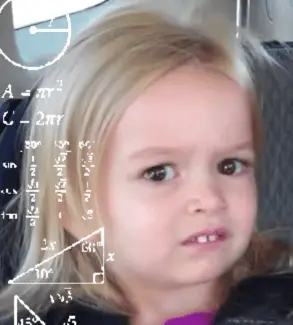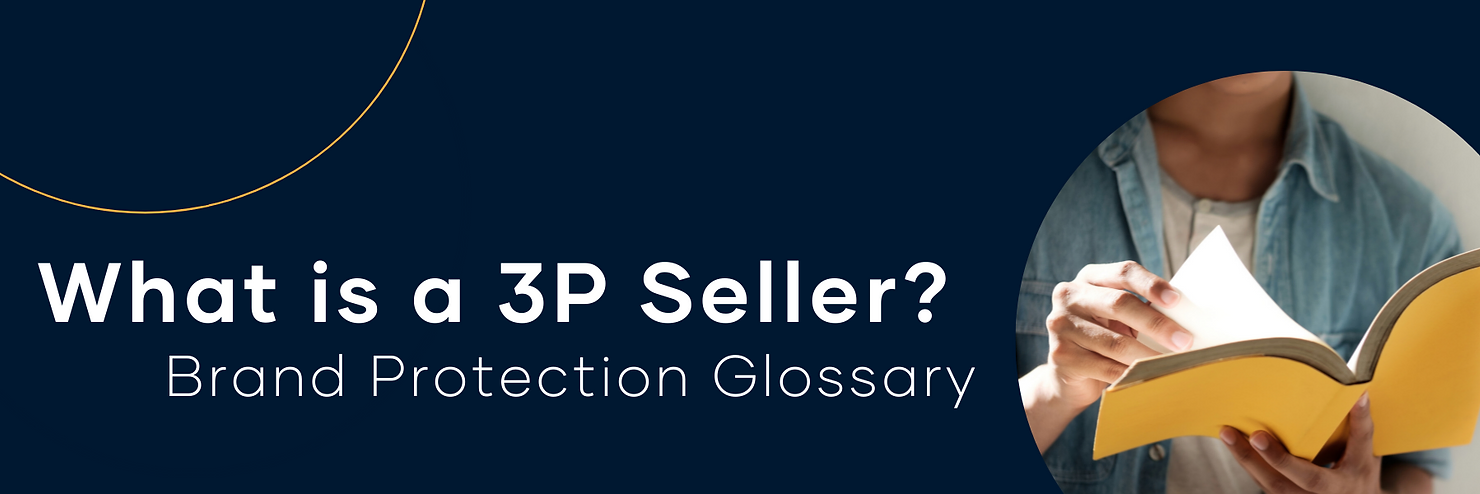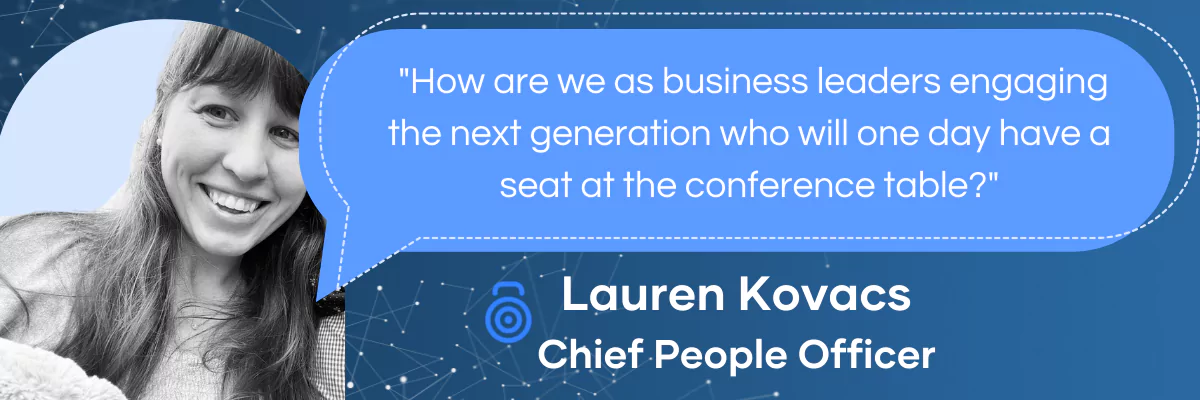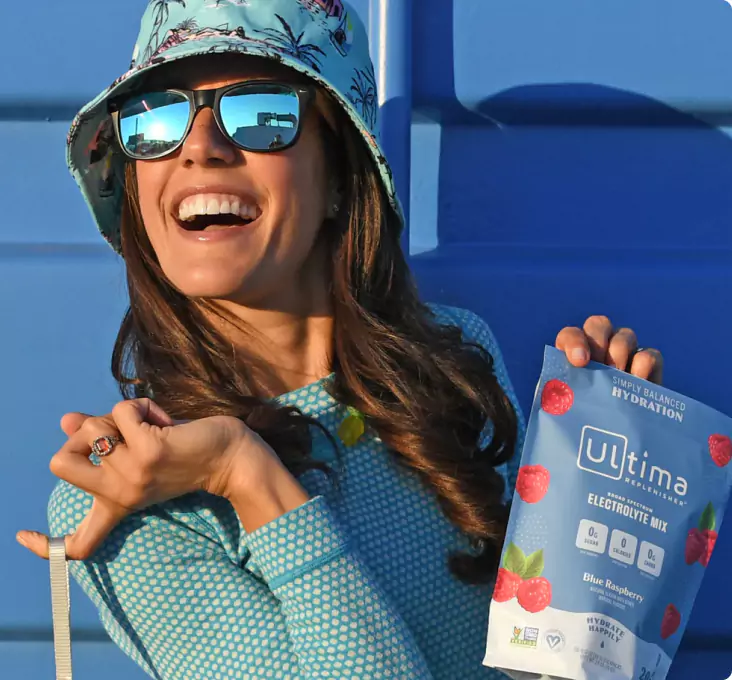eCommerce & Brand Protection Glossary
The brand protection space can feel hard enough to navigate without confusing industry-specific terms to comprehend. To help keep you from getting lost, we’ve created a quick glossary of our most used terms and common eCommerce jargon that are important to understand when learning how to protect your brand online. This is by no means an encompassing list or deep dive into these terms, but it’s a start! To fully grasp the legal terms or programs presented please read the linked blog posts🤗 📚
3P Seller
A 3P seller (or third-party seller) uses online marketplaces like Amazon, Walmart.com, eBay, Target.com, or BestBuy.com to sell directly to consumers. 3Ps obtain their inventory through several different purchasing avenues: buying it from other retailers (online or in brick-and-mortar), purchasing products directly from the manufacturer, or potentially selling goods that are stolen or counterfeit.
A note from Brand Guarde on 3P sellers: these are the sellers we regulate and remove for you using our software which guards your listings. Once sellers are identified as contenders for your Buybox share (or other listing violations), our service team uses our proven legal process to have them removed.
While 3P sellers often appear as the bad guys to brands, some may not understand why they shouldn’t be selling a certain product or know they have bought a product illegitimately. For this reason, we start outreach forcefully but conversationally, so that we learn the most information about where your distribution leaks are. We want to be careful not to alienate potentially good authorized partners. A good partner needs to add real value by moving a good amount of product, investing in advertising, and be willing to comply with your partner programs. Whether the resolution is to enforce their removal, or build a bridge to partnership, our goal is ultimately to increase profits for your business.
2P Seller
Mentioned less regularly by us, 2P and 1P sellers are still important to understand. A 2P (or second-party seller) is an online marketplace supplier that is not the manufacturer of the product. Amazon (or another marketplace) is the Merchant on Record (MOR) who has sourced the product through a reseller. These items appear with the label “Ships from and sold by Amazon.com”—2P is less common and is typically used by Amazon to supplement its own inventory.

1P Seller
A 1P (or first-party) seller sells inventory directly to Amazon—unlike 2P this is the manufacturer of the product not a distributor. Amazon then sells it to its customer. For consumers, these items also appear on the marketplace with the label “Ships from and sold by Amazon.com” and Amazon is also the MOR.
Breaking down different types of sellers is the most confusing topic we’ll mention today, we promise it goes uphill from here!
ASIN
Amazon Standard Identification Number—This is a 10-character alphanumeric unique identifier like ISBNs for books or brand designated serial numbers for product tracking. ASINs are assigned by Amazon.com and its partners for product identification within the Amazon platform. These are the product identification numbers we use to monitor listings and find unauthorized sellers.
Brand Gating
Brand gating is a process where Amazon restricts access to selling a product as “new” on the marketplace. This is not an official Amazon program. Under rare circumstances, and usually in response to high counterfeit activity, Amazon will “brand gate” (or restrict) the ability to sell certain brands or specific products. The only exception to this are products approved for the luxury beauty category. Brand Gated products require resellers to show proof of manufacturer permission to sell or in some cases providing legitimate invoices.
A note from Brand Guarde: This brand protection practice/term can often be confused with Brand Registry. Many brands hope that once brand gating is achieved, they will be protected from all unauthorized resellers. In reality, brand gating assistance from Amazon is only ever a temporary measure to protect products against counterfeiting. Amazon wants sellers to use its official programs (Brand Registry, Transparency, Project Zero) to eliminate counterfeit products. If you have a reseller problem, but they aren’t selling counterfeit products, then most of Amazon’s programs will not help you. (But don’t worry, we can 😉)
Buybox
The Buybox is literally the box next to a product’s listing where shoppers can click to purchase the item. We often talk about Buybox win-rate or percentages, which is the share of the time consumers are purchasing from your brand in the Buybox vs. the share other sellers populate into that box. If you want to learn more about the effects of losing the Buybox we recommend reading our Ultimate Guide to Brand Protection.
First Sale Doctrine
This is a legal doctrine from U.S. copyright law often quoted by 3P sellers as a justification for selling goods without authorization from the brand owner. We dive deeper into this topic and the steps to protect your brand against it in this blog post.
Hijacker
If you tuned into our webinar with Teika Metrics, you might have learned this already. Product Hijackers differ from traditional unauthorized resellers in that they are typically selling a non-branded or a counterfeit version. They might also try to overtake aspects of your product’s listing content.
MAP Policy
MAP (Minimum Advertising Price) policies are the OG of brand protection practices. These policies regulate the price at which authorized brand partners can sell your product. They however do not help control unauthorized sellers.
Marketplace (or Platform)
This is a blanket term we will use to refer to online retailers such as Amazon, Walmart.com, eBay, Target.com, or BestBuy.com.
Material Difference
A material difference means that there is some sort of noticeable difference between the product sold and the same product in the manufacturer’s condition. Like the First Sale Doctrine, this is a related legal reasoning that requires deeper reading to fully define. Please read our Ultimate Guide to Brand Protection: Part 2 to get a better understanding of how this legal pathway is an integral stepping stone for protecting your brand online and the answer to combatting the First Sale Doctrine.
Reseller Agreement
Usually, these are agreements where a brand contracts with a reseller to allow them to sell the vendor’s product or services to a third party. Often included elements of these agreements are:
- Provider and reseller rights and obligations
- The type of agreement—exclusive or non-exclusive
- Intellectual property ownership
- Payment terms and renewals
- Applicable laws
- Performance requirements for exclusive agreements
Unauthorized Seller
If you read our blog you know that this is our most used term—unauthorized sellers are 3P sellers who obtained a brand’s products without their knowledge and are not authorized brand partners. They are notorious for stealing Buybox share from brands and creating price erosion on products.

If you’re still feeling like you are in a Spelling Bee🏆 you didn’t sign up for, our team is always here to provide personal assistance walking through the brand protection process, please feel free to reach out!





















